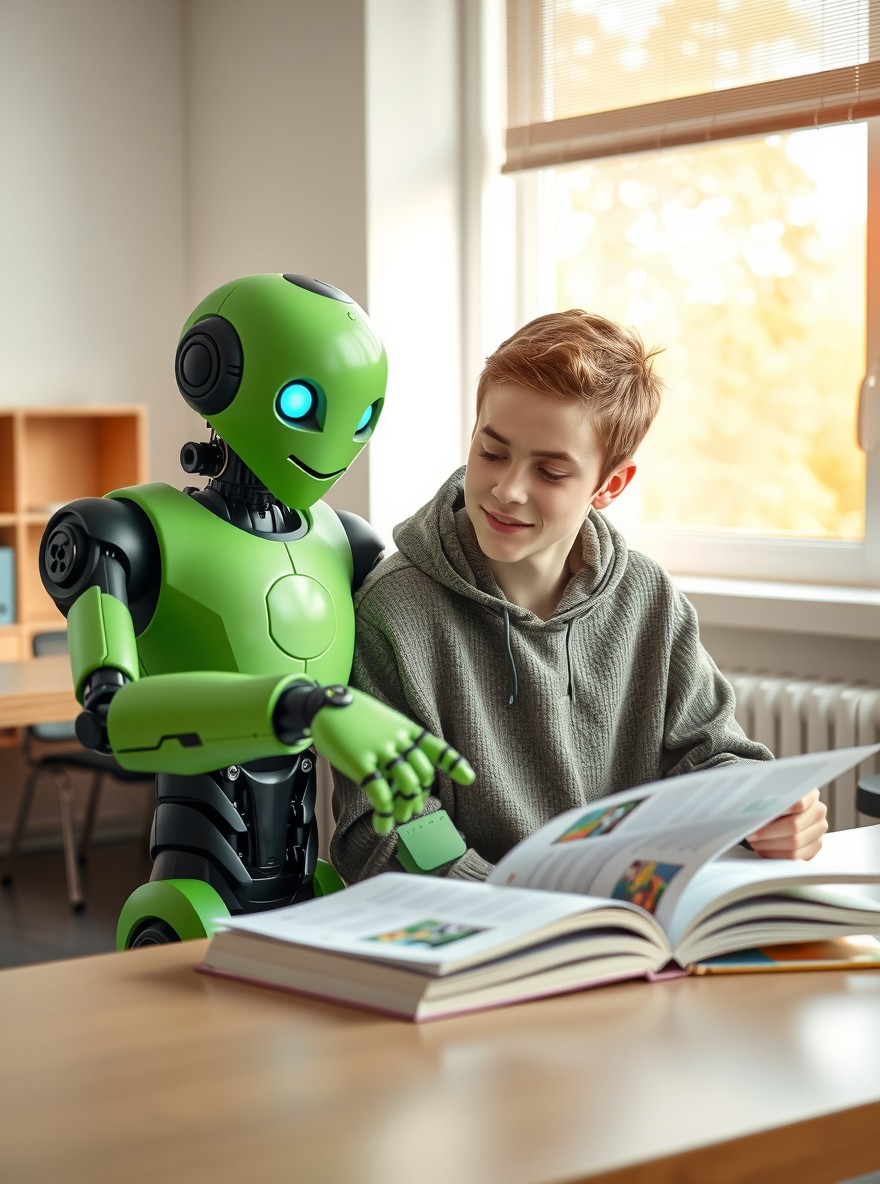Education Industry
Key Challenges in the Education Sector
One-Size-Fits-All Curriculum
Traditional teaching methods often fail to cater to diverse student learning styles and paces, resulting in disengagement and hindered academic progress.
High Dropout Rates
Many students struggle to keep up with their studies due to various social, emotional, and academic challenges, leading to increased dropout rates.
Administrative Overload
Educators spend a significant amount of time on planning, grading, and administrative tasks, which detracts from time spent on teaching and student engagement.
Solutions
Innovative AI and Data Solutions for Education

Personalized Learning Platforms
Implement AI-driven educational software that adapts to each student's unique learning needs, offering personalized content and pacing to enhance engagement.
Early Warning Systems for Student Dropout
Utilize predictive analytics to identify at-risk students and provide timely interventions, allowing educators to tailor support strategies.
Automated Administrative Tools
Deploy AI systems for grading and feedback to reduce administrative tasks, enabling educators to dedicate more time to instructional activities.
Engaging Virtual Learning Environments
Create interactive and adaptive online learning experiences that foster collaboration, creativity, and critical thinking skills in students.
Benefits
Driving practical business outcomes
Enhanced Student Engagement
Personalized learning pathways cater to individual interests and strengths, leading to higher student motivation.
Improved Retention Rates
Early intervention strategies identify and support at-risk students, contributing to higher graduation rates and overall retention in education.
Reduced Teacher Burnout
By automating repetitive administrative tasks, educators can focus on developing innovative teaching methods and engaging with students.
Data-Driven Decision Making
Access to real-time analytics helps educators adjust their teaching methods and curricula based on student performance and feedback.
Increased Accessibility
AI tools ensure educational resources are available to a wider range of students, overcoming barriers related to location, language, or learning difficulties.
Cost Efficiency
Automating administrative processes and enhancing educational outcomes can generate savings that can be reinvested into teaching resources and faculty development.
Enhanced Student Engagement
Personalized learning pathways cater to individual interests and strengths, leading to higher student motivation.
Improved Retention Rates
Early intervention strategies identify and support at-risk students, contributing to higher graduation rates and overall retention in education.
Reduced Teacher Burnout
By automating repetitive administrative tasks, educators can focus on developing innovative teaching methods and engaging with students.
Data-Driven Decision Making
Access to real-time analytics helps educators adjust their teaching methods and curricula based on student performance and feedback.
Increased Accessibility
AI tools ensure educational resources are available to a wider range of students, overcoming barriers related to location, language, or learning difficulties.
Cost Efficiency
Automating administrative processes and enhancing educational outcomes can generate savings that can be reinvested into teaching resources and faculty development.
Use Cases

YourVoice
Explore how we incorporated AI2U solutions and services to help the visually impaired control their devices.








